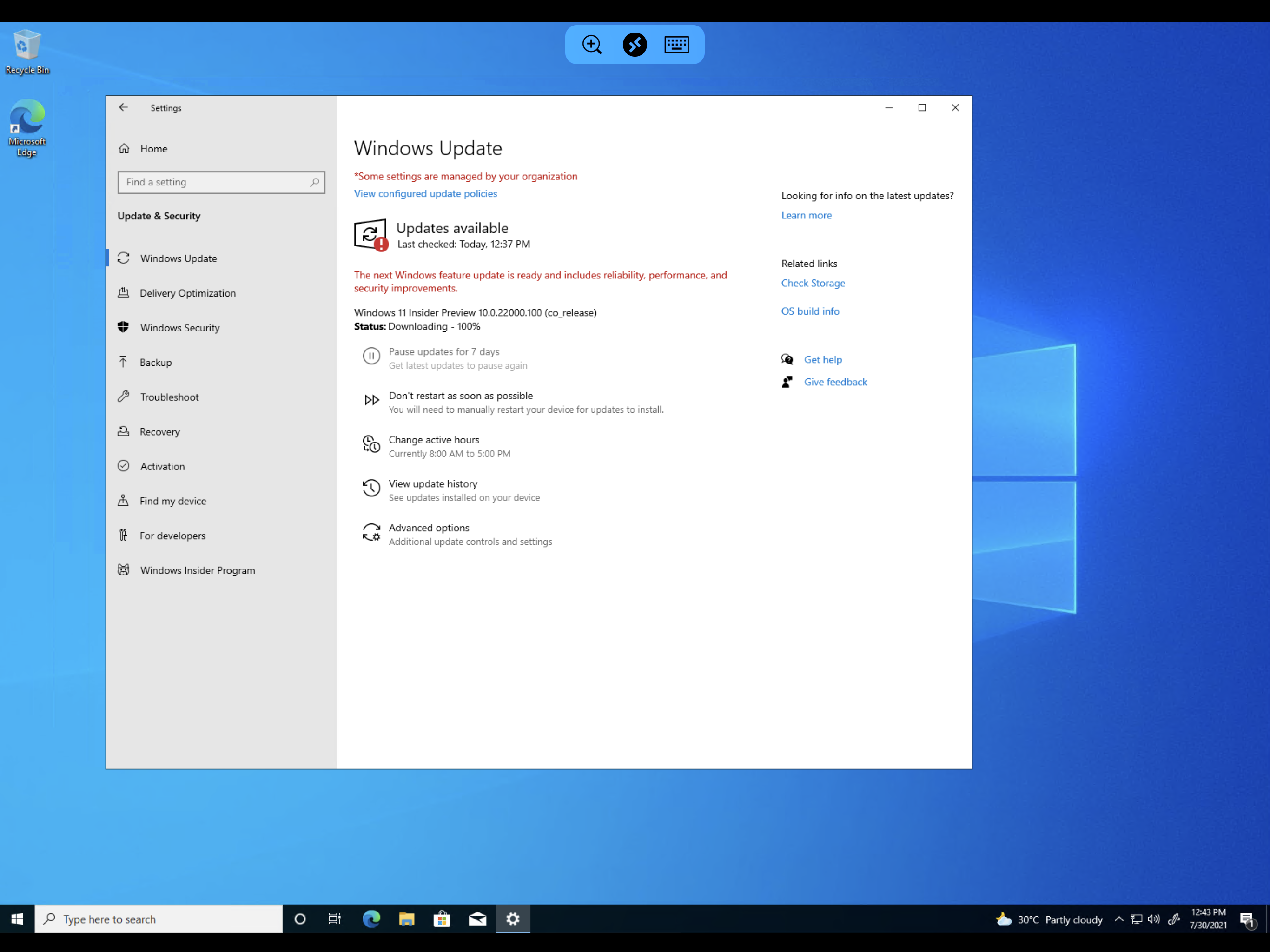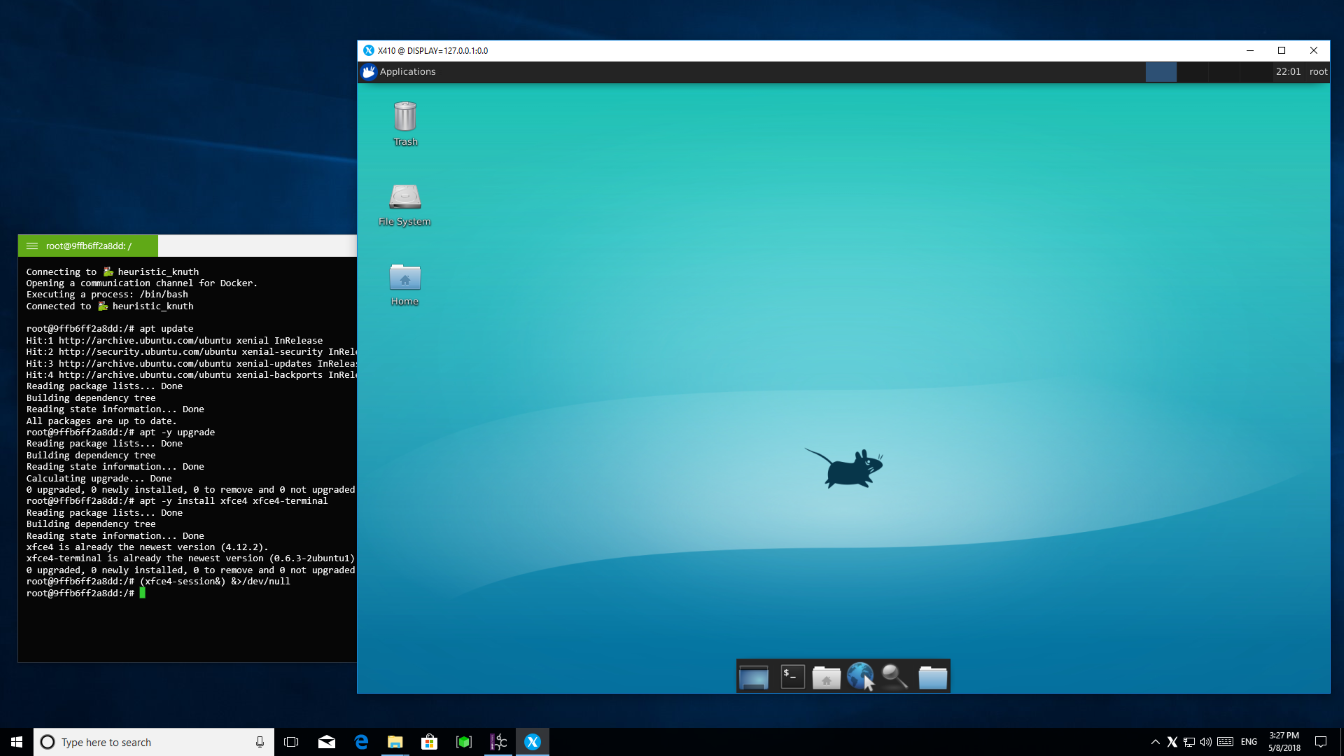

- Docker desktop for linux install#
- Docker desktop for linux update#
- Docker desktop for linux driver#
- Docker desktop for linux software#
- Docker desktop for linux code#
Supported storage driversĭocker Engine on Ubuntu supports overlay2, aufs and btrfs storage drivers.ĭocker Engine uses the overlay2 storage driver by default. Start with a clean installation, refer to the uninstall Docker Engine If you do not need to save your existing data, and want to The contents of /var/lib/docker/, including images, containers, volumes, and It’s OK if apt-get reports that none of these packages are installed. $ sudo apt-get remove docker docker-engine docker.io containerd runc Older versions of Docker were called docker, docker.io, or docker-engine.
Docker desktop for linux update#
Users runningĭocker on Ubuntu 16.04 are recommended to update their system to a currently This distribution (including patch- and security releases). Ubuntu Linux 16.04 LTS reached the end of its five-year LTS window on Aprilģ0th 2021 and is no longer supported. Ubuntu 16.04 LTS “Xenial Xerus” end-of-life
Docker desktop for linux install#
To install Docker Engine, you need the 64-bit version of one of these Ubuntuĭocker Engine is supported on x86_64 (or amd64), armhf, arm64, and s390x architectures. To get started with Docker Engine on Ubuntu, make sure you If you are interested in early access, sign up for our Developer Preview program. Thanks to the positive support we received on the subscription updates, we’ve started working on Docker Desktop for Linux which is the second-most popular feature request in our public roadmap. Docker handles the complex setup and allows you to focus on writing the code. To test that everything is working, try to run the docker command that you aliased in the previous step (docker, mpdocker, or the name you chose).Docker Desktop helps you build, share, and run containers easily on Mac and Windows as you do on Linux. Wrap-Upīy now, you should be able to run the docker command from the terminal on your host machine. More info on aliasing commands can be found here. I wanted to use both commands, so I chose the name ‘mpdocker’ for the aliased command to avoid conflicts. Whichever command is listed first in the PATH will be used. If, like me, you already have the docker cli on your machine, this aliased command may supersede your existing ‘docker’ command. The output of the alias command gives the necessary steps, which should look like the following: $ENV:PATH="$ENV:PATH C:/Users/natha/AppData/local/multipass/bin" We can take things one step further, however, by adding Multipass to the PATH variable, which will eliminate the need for the multipass prefix. Now, we can run docker commands in the VM by first referencing multipass, e.g. For host-machine access, we will alias the docker command to the host as follows: multipass alias docker-vm:docker Our VM is now ready, but we currently can only access the docker instance from within the VM. Once the VM has finished its installation process, it will automatically download and install docker on that VM.
Docker desktop for linux code#
In Terminal, run the following cloud-init code to create a new VM called docker-vm with docker engine installed: multipass launch -cloud-init -disk 40G -mem 4G -cpus 4 -name docker-vm < This creates a virtual machine running with the latest Ubuntu LTS (20.04 at the time of writing) installed. We will start by running some cloud-init code to configure the VM. The steps here are only slightly different than those for Windows. Multipass is a great option for docker on macOS, particularly for M1 Macs. adduser ubuntu | multipass launch -cloud-init -disk 40G -mem 4G -cpus 4 -name docker-vm In PowerShell, run the following cloud-init code to create a new VM called docker-vm with docker engine installed: docker If you think you’ll need different specs, you can modify these steps as shown here. Run the Docker Hello World container from the host terminalįirst, install Multipass by heading to n and following the installation instructions there for your operating system.

Docker desktop for linux software#
That Docker instance can be controlled either directly from the VM, or remotely from the host machine with no additional software required. Multipass can host a docker engine inside an Ubuntu VM in a manner similar to Docker Desktop. If you’re looking for an alternative to Docker Desktop or to integrate Docker into your Multipass workflow, this how-to is for you.


 0 kommentar(er)
0 kommentar(er)
